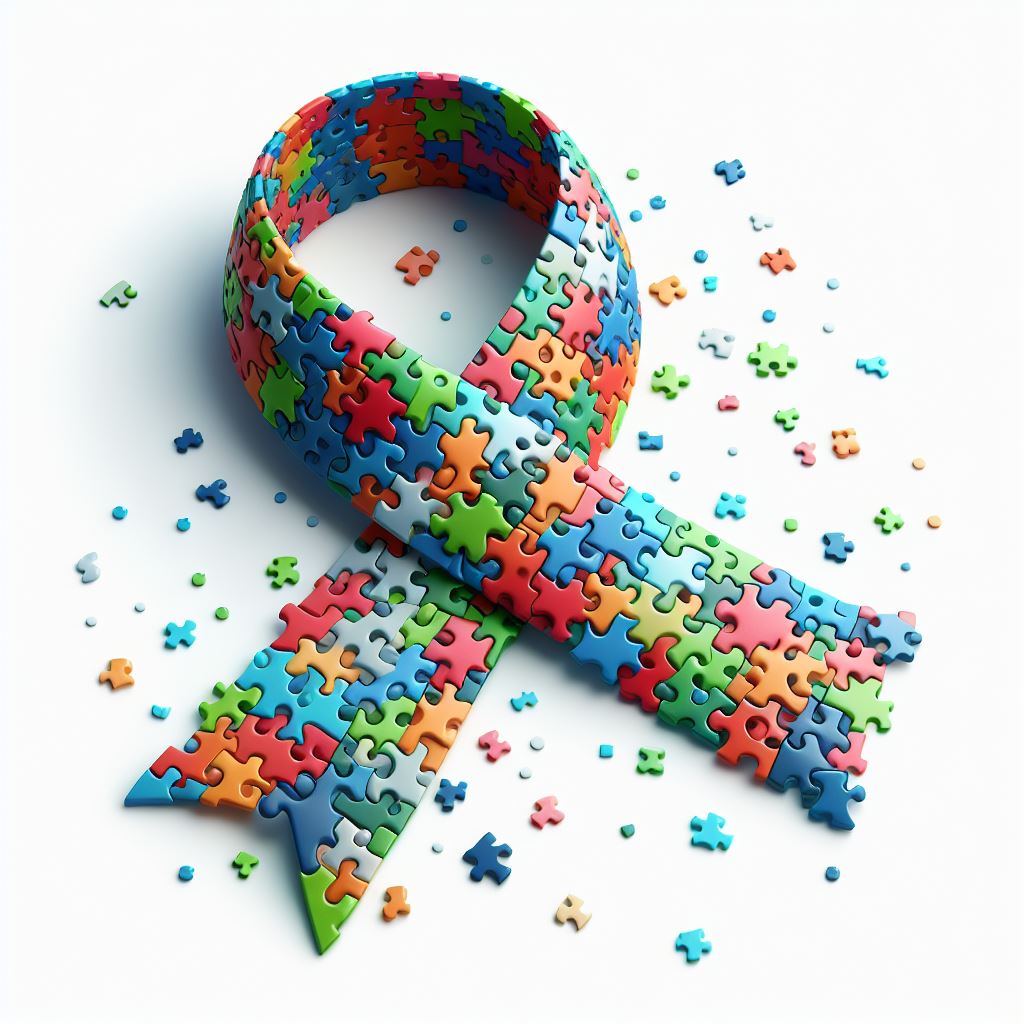Dealing With Typical Myths: What You Ought To Learn About Autism Today
Dealing With Typical Myths: What You Ought To Learn About Autism Today
Blog Article
Exploring Autism: Strategies for Reliable Communication and Interaction
Efficient communication and interaction with individuals on the autism spectrum necessitate a detailed understanding of their one-of-a-kind demands and choices. Methods such as employing clear language, making use of visual assistances, and cultivating regular regimens can considerably enhance engagement and minimize stress and anxiety. In addition, identifying the value of non-verbal hints and shared rate of interests leads the method for meaningful connections. The ins and outs of these strategies disclose additional considerations that merit expedition, especially in just how they can be adapted to private experiences and diverse contexts. What might these adjustments look like in practice?
Recognizing Autism Range Disorder
Autism Spectrum Problem (ASD) encompasses a series of neurodevelopmental conditions defined by difficulties in social communication, communication, and repeated behaviors. The term "spectrum" mirrors the diverse symptoms and differing degrees of extent experienced by individuals with ASD. While some may exhibit considerable problems, others may present high-functioning characteristics, enabling greater self-reliance in day-to-day live.
The onset of ASD typically occurs in early childhood years, with signs typically well-known by age two. Early indicators may include postponed speech growth, limited eye contact, and problems in recognizing social cues. Although the exact etiology of ASD continues to be vague, research suggests a combination of genetic and ecological elements plays a critical role in its development.
As a result, treatments and support customized to private needs are essential for cultivating interaction and social skills. Identifying the complexity of ASD is vital for advertising awareness, approval, and efficient strategies that help with meaningful communications with individuals on the spectrum.

Relevance of Clear Interaction
Efficient communication is important for fostering understanding and link, especially for individuals with Autism Range Problem (ASD) Clear interaction not only helps with social interactions yet likewise improves the individual's capacity to reveal their emotions, ideas, and requirements. For people with ASD, the subtleties of language can typically be challenging; consequently, utilizing unambiguous and uncomplicated language is necessary.
Furthermore, clear communication assists decrease irritation and stress and anxiety that might arise from misconceptions. When messages are conveyed in a constant and direct fashion, individuals with ASD are better outfitted to translate details precisely, which can significantly boost their social engagement and engagement in various settings.
Developing routines and utilizing visual supports can even more strengthen clear communication. These methods give individuals with predictable structures that assist comprehension and retention of info. In addition, actively being and paying attention patient during interactions advertises a supportive atmosphere where people with ASD feel valued and understood.
Eventually, focusing on clear interaction not only encourages people with ASD but also promotes even more purposeful connections with their peers, caretakers, and the larger neighborhood, leading the means for inclusive interactions and collaborative connections. - autism
Non-Verbal Communication Methods
Interaction expands past words, and for people with Autism Range Problem (ASD), non-verbal signs play a significant role in interactions. Non-verbal communication methods can consist of faces, motions, body language, and eye get in touch with, every one of which work as essential parts for conveying feelings and intentions.
Recognizing and analyzing these non-verbal signals can boost communications with people with ASD. As an example, a cozy smile or open pose can produce a welcoming atmosphere, encouraging interaction. Utilizing visual help-- such as photo cards or symbols-- can link communication gaps and help communicate messages a lot more efficiently.
It is also important to be conscious of individual area, as individuals with ASD may have various convenience degrees relating to closeness. Observing their responses to physical closeness can educate suitable adjustments.

Producing Supportive Settings
Producing a supportive environment is essential for fostering favorable interactions and enhancing the health of individuals with Autism Spectrum Problem (ASD) Such settings can dramatically lower stress and anxiety and create a feeling of safety, permitting individuals to share themselves more freely.
To accomplish this, it is vital to consider sensory level of sensitivities that look at this website individuals with ASD might experience. Customizing the physical space to consist of soft illumination, minimal history noise, and comfy seating can develop a soothing atmosphere. In addition, utilizing consistent regimens and clear aesthetic routines can aid individuals prepare for transitions and reduce unpredictability, additional advertising comfort.
Social areas must be structured to reduce frustrating stimulations while giving chances for involvement in favored tasks. Helping with locations marked for silent time can also function as a refuge during minutes of tension. Notably, including elements of choice equips people, permitting them to work out agency in their atmosphere.

Encouraging Social Communications
Fostering social communications among people with Autism Spectrum Condition (ASD) requires deliberate techniques that focus on convenience and interaction. Developing predictable regimens can help in reducing stress and anxiety, making social setups more approachable. Developing organized atmospheres with specified roles and obligations enables people to engage without the overwhelming pressure of disorganized social dynamics.
Integrating rate of interests and toughness into social activities can work as a stimulant for communication. Arranging group activities around shared pastimes or topics of attraction can promote all-natural conversations and connections. Furthermore, making use of aesthetic supports, such as social scripts or pictorial timetables, can help in comprehending social signs and assumptions.
Designing ideal social actions is vital - autism. navigate here Peers and grownups ought to show reliable communication methods, including active listening and turn-taking. Role-playing situations can likewise offer a risk-free room for people to exercise these abilities
Finally, promoting peer connections with inclusive practices is important. Encouraging inclusive playdates or team getaways can produce chances for socialization in a comfortable setup. By applying these educators, strategies and caretakers can considerably enhance social communications for individuals with ASD, promoting their total social advancement and well-being.
Conclusion
In conclusion, efficient interaction and communication strategies are important for sustaining people with Autism Range Disorder. Ultimately, these techniques equip people with autism to browse social landscapes, advertising their total health and enabling the advancement of enduring partnerships.
Reliable interaction and communication with people on the autism range demand a thorough understanding of their distinct requirements and preferences. Clear communication not only helps with social interactions however likewise improves the individual's ability to share their needs, emotions, and thoughts.Promoting social communications among individuals with Autism Spectrum Problem (ASD) calls for willful approaches that focus on comfort and engagement. By executing these teachers, methods and caretakers can significantly boost social communications for individuals with ASD, advertising their general social development and wellness.
In verdict, effective communication and interaction approaches are important for supporting individuals with Autism Range Condition.
Report this page